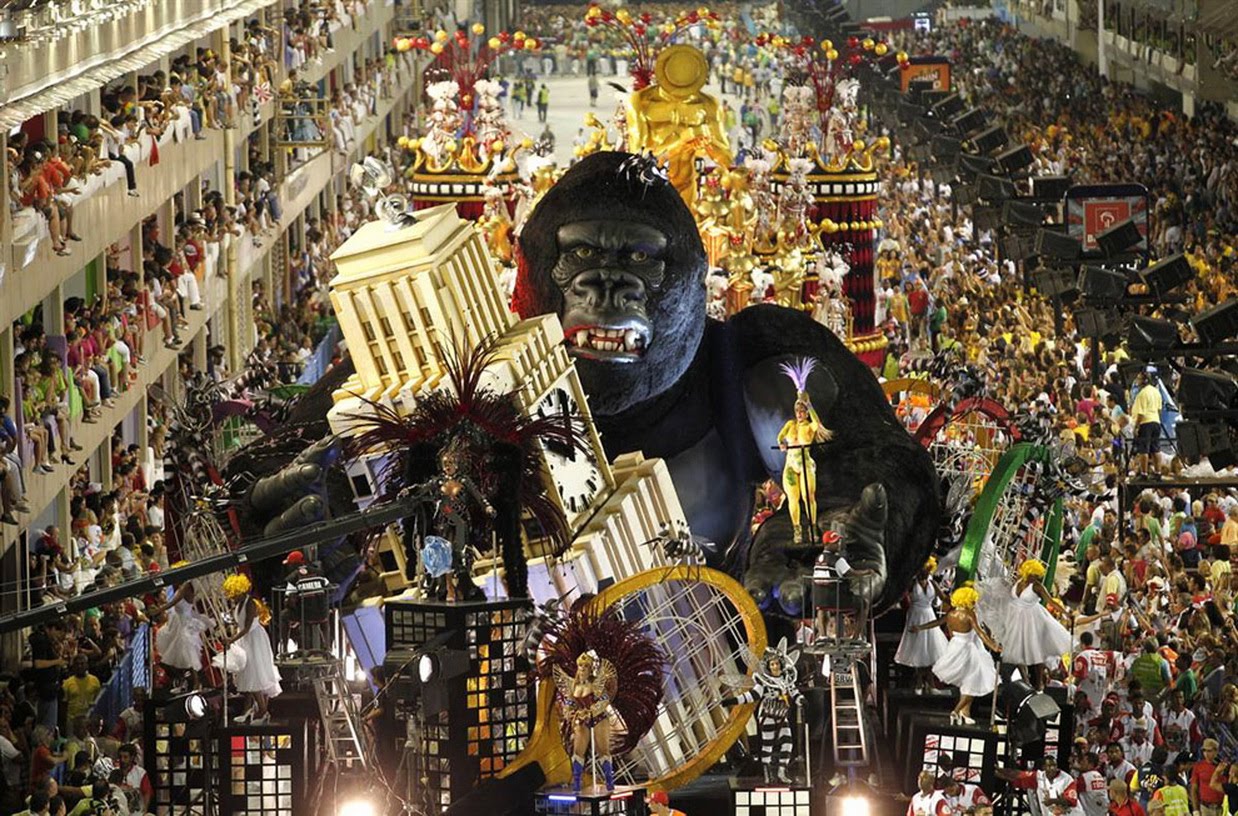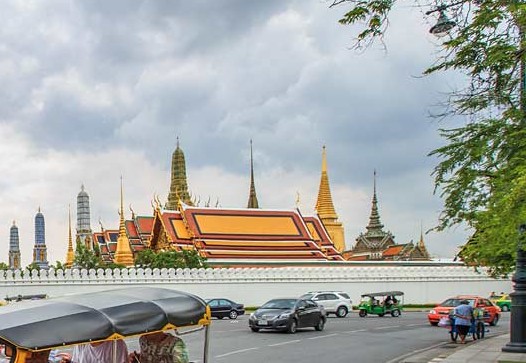The Rio Carnival – A quick history lesson

The yearly Carnival that takes place in Rio de Janeiro, Brazil is quite possibly the biggest party on the face of the Earth, or at least if it’s not the biggest then it surely racks up there among the biggest. With this year’s Carnival having just ended on the 21st of February, we think it’s time to take a look back and explore the history of this extravaganza of sound, sight and movement.
The ancient origins of the “carnival”
The word carnival comes from the Latin, “Carne Vale” which means something along the lines of “Farewell to the Flesh”, however the initial origins of the carnival date back to an ancient Greek spring festival dedicated to Dionysus, the god of wine. This festival was then adopted by the Romans which dedicated it to Bacchus, the Roman god equivalent to Dionysus, and featured lavish feasts, and then later to Saturnalia where slaves and their masters would exchange their clothes for a day of drunken fun.
Interestingly enough the Roman Catholic Church later piked up the Saturnalia festival and modified it as a festival leading up Ash Wednesday but the entire thing quickly evolved into a celebration of everything material, music, food, alcohol and sex. This is quite likely not what the Church had in mind since this festival would precede the period known as Lent – forty days of abstinence, fasting and personal reflection, apparently people wanted to sin as much as possible in the week preceding the forty days in which they would go about purging said sins.
The origins of the Brazilian Carnival
Today’s Carnival festivities stem from a Portuguese pre-lent festivity called “entrudo” in which participants threw mud, water and food at each other in a street event reminiscent of today’s Andean carnival – it should be noted that “entrudo” usually resulted in riots.
The modern day lavish Rio Carnival, featuring lots of spectacular floats which in turn are surrounded by literally thousands and thousands of dancers, singers and drummers has very little in common to how it was when it first started back in 1840.
Back then, Rio’s first masquerade carnival ball was set to the very European sounds of polkas and waltzes only for it to add horse drawn floats and military bands a decade later.
Samba
The sound most closely associated with the Rio Carnival is the samba, but this wasn’t part of the Carnival until 1917. Samba music is an eclectic mix of Angolan semba, European polka, African batuques, some sprinkles of Cuban hubanera and many other styles; modern Samba came into being after the arrival of many black Brazilians, especially from Bahia, to the impoverished slums or favelas after the abolition of slavery in Brazil in 1888.
Nowadays the carnival is mainly organized by samba schools which first started to appear in 1928, but these are more than just musical groups, they act as a type of neighborhood associations providing a series of community needs like educational or health care resources, these are extremely important parts of life for most people in a country suffering from wide-spread poverty and no social safety net.

















